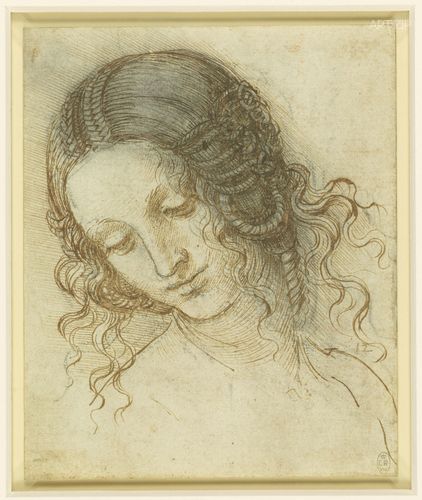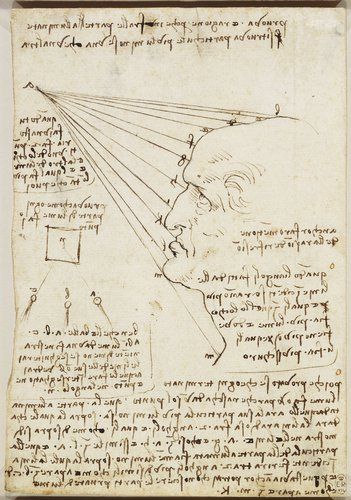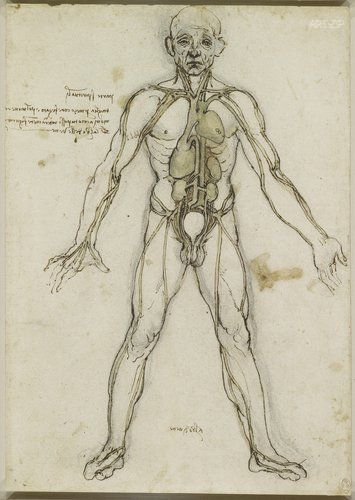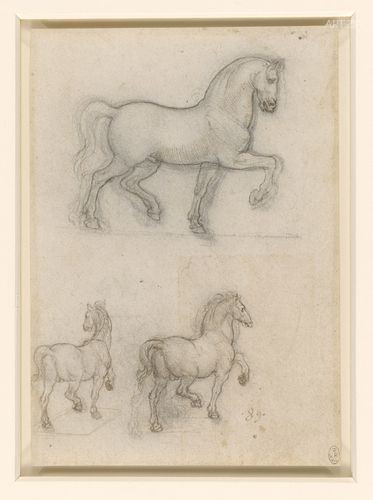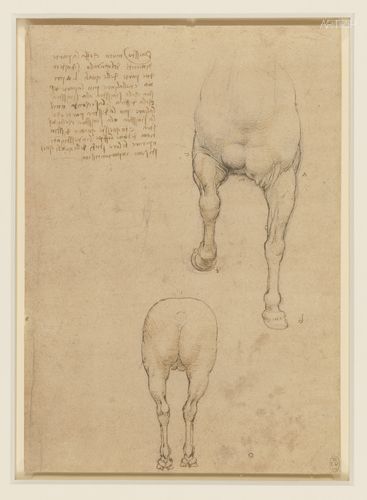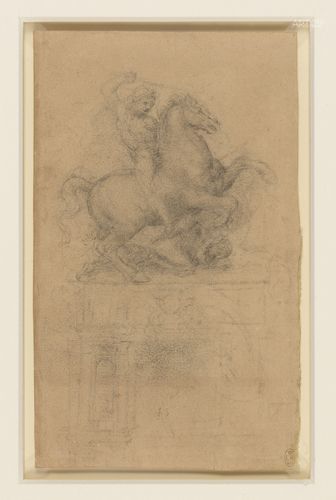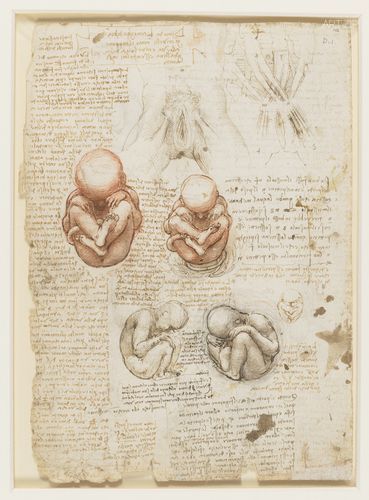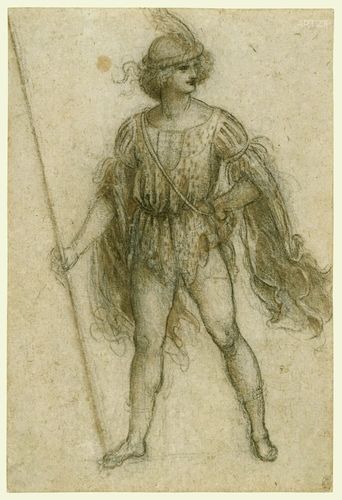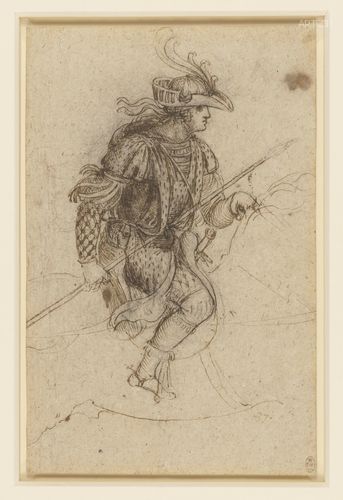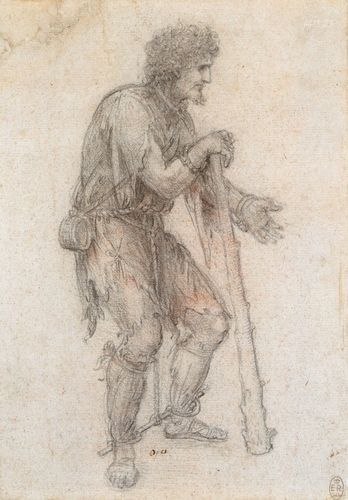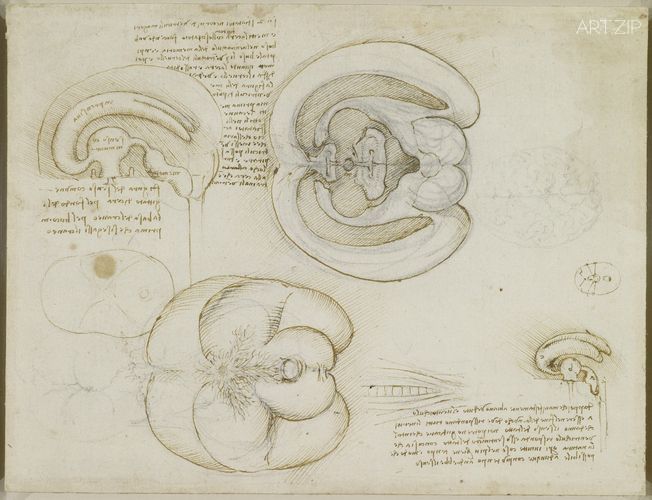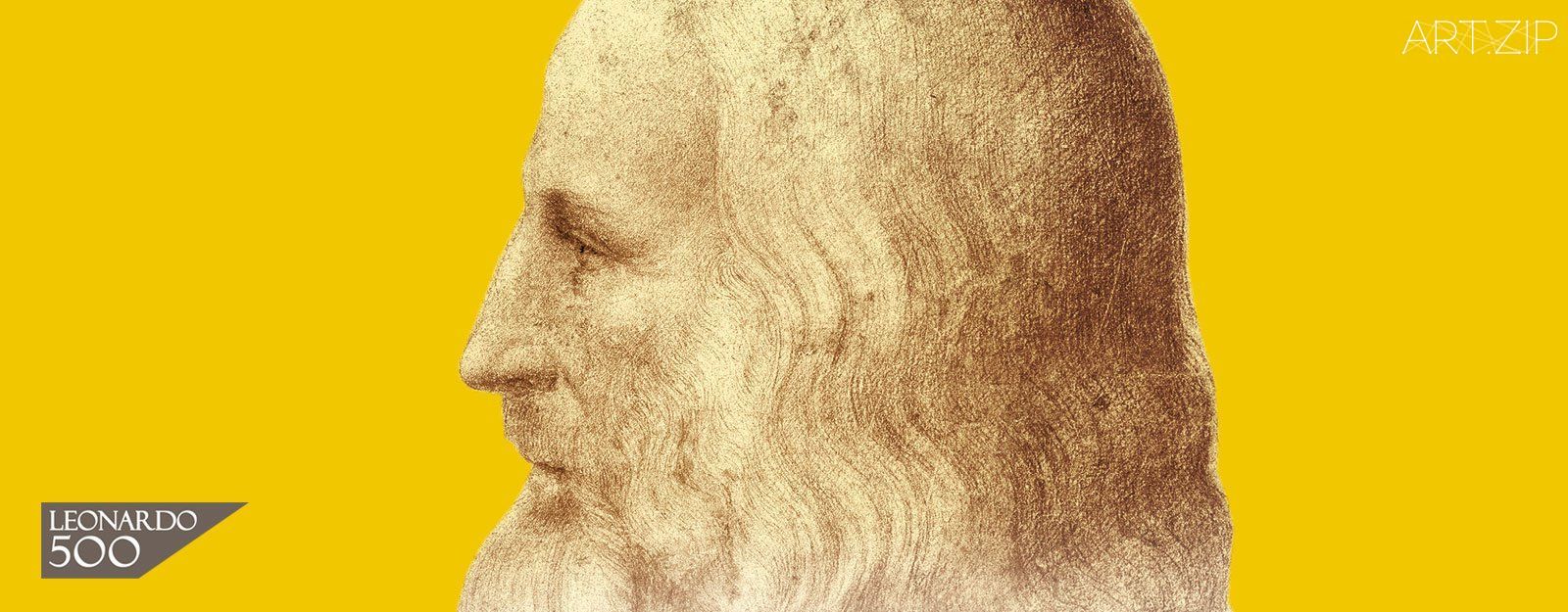
Interview with Martin Clayton, Head of prints and drawings, Royal Collection Trust
10:15-10:45 AM, 26th April 2019
Interviewer: Joshua Gong
Background:
144 of Leonardo da Vinci’s greatest drawings in the Royal Collection are displayed in 12 simultaneous exhibitions across the UK to mark the 500th anniversary of his death.
Leonardo da Vinci: A Life in Drawing features 12 drawings at each venue, all selected to reflect the full range of Leonardo’s interests – painting, sculpture, architecture, music, anatomy, engineering, cartography, geology and botany.
In May over 200 drawings will go on display at The Queen’s Gallery, Buckingham Palace, and then the exhibition will move to The Queen’s Gallery, Palace of Holyroodhouse in November.
Ulster Museum, Belfast
Birmingham Museum & Art Gallery
Bristol Museum & Art Gallery
National Museum Cardiff
Kelvingrove Art Gallery and Museum, Glasgow
Leeds Art Gallery
Walker Art Gallery, Liverpool
Manchester Art Gallery
Millennium Gallery, Sheffield
Southampton City Art Gallery
Sunderland Museums & Winter Gardens
1 How many drawings in total are there in the Royal Collection?
The Royal Collection has 600 sheets, which was in a single album, amount which 555 sheets we can now identify as by Leonardo, and the rest 45 sheets by his pupils. Because Leonardo was left handed, while most painters in the renaissance were right hand, we can tell which ones are by him. In addition, we can identify the drawings in a chronologic order, as accurate as to narrow down to every five years, according to the stylistic development.
2 How did the drawings enter the Royal Collection?
It was recorded for certain, the album entered the royal collection in the 1690s (a record from William III time), while some recent discovery might suggest it had already been there in the 1680s, but it is still in the process of confirming. There is no direct evidence of the provenance before that date. But it is generally accepted, it was a gift from Henry Howard, the 14th Earl of Arundel to King Charles II around 1670. And it was purchased by the grandfather of the Earl in the 1620s. Before that it might be purchased by Pompeo Leoni from the heirs of Francesco Melzi. Melzi was a pupil of Leonardo, and it was he who preserved Leonardo’s drawings and manuscripts.
3 What is the curatorial intension behind the Nationwide simultaneous exhibitions?
It was for reaching as many audiences as possible, to make Leonardo more accessible for the People in the UK. It could be said the curatorial intension was not art historical. We have calculated the most populated areas in the UK and listed the potential local museums.
4 How long did it take to prepare the exhibition and how to cooperate with the 12 provincial museums?
It took us three years, so we started in 2016. We listed the museums and made confidential phone calls to them asking if they are happy to do an exhibition on Leonardo. It was not difficult, as all the museums have been hoping to be involved. They all said yes to the proposal.
For make it not biased, we selected 144 drawings and made them into 12 groups, so 12 drawings each. We tried to balance thematically, to make sure all the venues can cover wider range of Leonardo’s drawings. The drawings are about painting, sculpture, architecture, music, anatomy, botany, military tactics, cartography and geology.
5 What is the conservation status of the drawings and to what extend did the condition of the objects affect the exhibition?
The drawings are in perfect conditions. If there is no accident, or natural disaster, they could almost last forever. They were in mint condition, as fresh as if Leonardo just finished them.
Leonardo used the best handmade paper at that time. They were mounted as 234 pages in a single album by Melzi presumably, and stayed in that way in the royal collection, until the 19th century during the Victorian Period, they were removed and mounted as 600 sheets. Since the 1970s, they were mounted on polymethyl glass. The sheets were on different paper with the unique watermarks, so we are able to know where they were produced, many in Italy, and a few in France.
As for placing at the museums, we followed the standard protocols, 50 lux lightness for showing the drawings.
6 Are there any research update alongside the exhibitions?
There are new updates in terms of scientific research, but not much in terms of art historical discovery.
We have known more information about the material, for example the watermarks. We used x-ray, ultra-violet light, digital photo enlargement and etc.
7 How many viewership did the Royal Collection Trust expect?
The exhibition is unprecedented, so it is hard to predict. I am hoping to have 750,000 visitors. There are about 66 million people in the UK, so I wish more than 10 % people in the country are coming to see.
8 Which drawings in your opinion are the highlights of the exhibitions?
My favourite ones are the anatomical drawings of the human body. Leonardo spent five to six years focused on the subject, and he was hoping to write a treatise of the human dissection, unfortunately he was not able to finish. But the drawing were fascinating, we are able to see his incredible understanding about the human beings.
9 What kind of accessories are available to different kinds of audience?
We have catalogue for the whole series of exhibitions, which will be available in May at the Queen’s Gallery, Buckingham Palace. There are some sketch books, post cards, etc.
10 Is there any international collaboration in curating the collection, for example with China?
We have been working with different researchers in the field, also we collaborate with various institutions and museums all over the world. For example, we are lending our drawings to France, Italy, Hungary, Germany and the Netherlands.
Potentially we would like to work with China, and I was surprised that the Chinese institutions have not contact us.
The Royal Collection is not for profit, so we do not charge for the loan. Of course, the institutions who borrow objects from us will pay the fee for transportation and insurance to the relevant companies. In the future, I wish there are collaborations with China, but we have already been fully booked in 2019, so it would have to wait for a period.
與馬丁·克雷頓( Martin Clayton)的訪談
受訪者:馬丁·克雷頓,現任英國皇家收藏版畫素描部主任,畢業於劍橋大學基督學院,主修自然科學和藝術史,是達芬奇手稿的權威專家。
時間:2019年4月26日上午10點15至10:45分
采訪人: 龔之允
背景:
英國皇家收藏在2019年在全英國12個地方博物館同時舉辦了“達芬奇:畫稿中的人生”系列展覽。展覽作品壹共有144幅,每個地方博物館都有12幅作品展出。這次系列展覽是為紀念達芬奇逝世500周年紀念而展開的。
參展作品都是來自英國皇家收藏的達芬奇手稿,其內容展示了達芬奇在不同科學領域的探索:繪畫、雕塑、建築、音樂、解剖學、工程學、制圖學、地質學和植物學等。世界上達芬奇手稿最大的地方在米蘭,但英國皇家所收藏的手稿內容最豐富,影響力也最大。
在5月初,地方博物館的展品將匯聚在英國白金漢宮的女王展畫廳,加上其他的手稿,共有200多幅作品將被展出。11月展覽還會巡展至蘇格蘭愛丁堡的荷裏路德宮。
介紹(基於訪談):
1 英國皇室達芬奇手稿的由來
英國皇室所收藏的手稿本來是壹個完整的冊頁,現在統計壹共有600件,其中555件現在被認為是達芬奇的真跡,而剩余的45件是由他的學徒繪制的。鑒定的依據是筆觸與風格,達芬奇是左利手,而文藝復興時期大多數藝術家都是右利手,因此非常容易從筆法的走勢來判斷手稿中哪些是達芬奇的親筆稿。
冊頁據推測於17世紀70年代進入英國皇室收藏,當時的國王是斯圖亞特王朝復辟後的查爾斯二世,是由英國貴族第14代阿倫德爾伯爵亨利·霍華德進獻。據說這是亨利的祖父在17世紀20年代從意大利收藏夾彭培歐·利奧尼(Pompeo Leoni)處購得。而利奧尼可能是從達芬奇的得意弟子佛朗切斯科·梅爾茨(Francesco Melzi)的後代那裏購得。梅爾茨在達芬奇去世後繼承和整理了老師的手稿。17世紀70年代之前的流傳順序是學者的推測,並沒有直接的證明,但自那以後這些手稿都完整地保存在了英國皇室。
2 展覽的策略
這次系列展覽的目的是希望能有更多的民眾能夠壹睹達芬奇手稿的真容。為此皇家收藏在2016年就開始策劃了這次展覽。策展團隊通過英國人口分布情況的統計,選取了12個地方博物館,為的就是讓更多的人參與其中。考慮到人們可能沒有機會看完這12個展覽,因此團隊沒有根據繪畫題材來分配借展藏品。他們把144幅手稿的復制品分配到12個檔案袋中,每個檔案袋都盡可能地包括達芬奇的各類手稿內容。他們的這壹切工作都進行了嚴格的保密。他們通過電話通知了選取的博物館,說明了組織展覽的情況。當博物館聽說要壹起舉辦達芬奇的展覽時,都無壹例外、毫不猶豫地同意了。他們隨機抽到了檔案袋,這樣可以確保每個博物館都得到了公平參與的機會。
馬丁·克雷頓希望整個系列展覽能夠吸引75萬人次。英國人口有6千6百萬左右,因此他的期望值是有超過10%的英國民眾能夠參與這次展覽。這次展覽的周邊產品主要有畫冊、明信片、素描本等,這些都是西方公眾藝術展的標準配置。
3 畫稿的保存情況
所有的畫稿都近乎完美地保存了下來。原冊頁壹共有234頁,直到19世紀維多利亞時代,才被保管人員分離出600件單頁畫稿進行保存。從20世紀70年代起,保管人員又對畫稿進行了有機玻璃封裝,因此這些畫稿的保存條件非常好。
達芬奇使用了當時最好的手工紙,雖然有壹些輾轉,但到達英國以後沒有受到任何破壞,其狀態歷久如新,就好像達芬奇剛畫完壹樣。馬丁·克雷頓認為如無意外,這些畫稿將會永遠保持這種狀態。展覽的時候,只需要根據國際標準,不用超過50流明的亮度照明即可。
皇家收藏的研究工作壹直在進行,並時有進展,主要集中在科技保護方面。通過電子放大鏡、x光、紫外線燈技術,他們知道了許多關於繪畫材料的信息。比如,手稿用的手工紙,因為制作的時候使用的晾幹版紋路不同(也就是水印這壹詞匯的來源),可以得知哪些是出自意大利特定地區的紙,哪些是法國產的。
4 最有意思的畫稿
馬丁·克雷頓認為這是壹個非常難以回答的問題,因為達芬奇的所有畫稿都魅力十足。不過他個人最喜歡的是達芬奇的人體解剖畫稿,因為那些畫稿反映了達芬奇的人本位思想,表現了他對自然與人之間關系的認知。
5 國際合作
馬丁·克雷頓表示他們壹直在與全世界最頂級的專家學者合作研究,也與許多博物館單位有展覽的合作。今年英國的達芬奇手稿將借展到法國、意大利、德國、匈牙利和荷蘭,並且他還表示非常期待與中國相關機構的合作。他還覺得有些納悶,據他所知達芬奇在中國是眾所周知的藝術大師,而且中國也有壹些機構舉辦了達芬奇的展覽,卻沒有人向他提議在中國展覽達芬奇的手稿。不過他表示,因為世界各地都在今年開展了紀念達芬奇逝世500周年的展覽,因此皇家收藏的借展指標已經用完了,如果要到中國來展覽,恐怕得等上壹段時間了。
TEXT BY GONG ZHIYUN
撰文 x 龚之允

